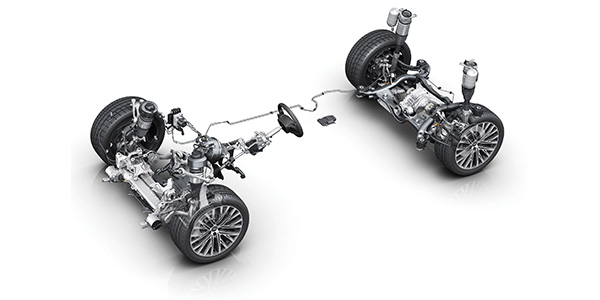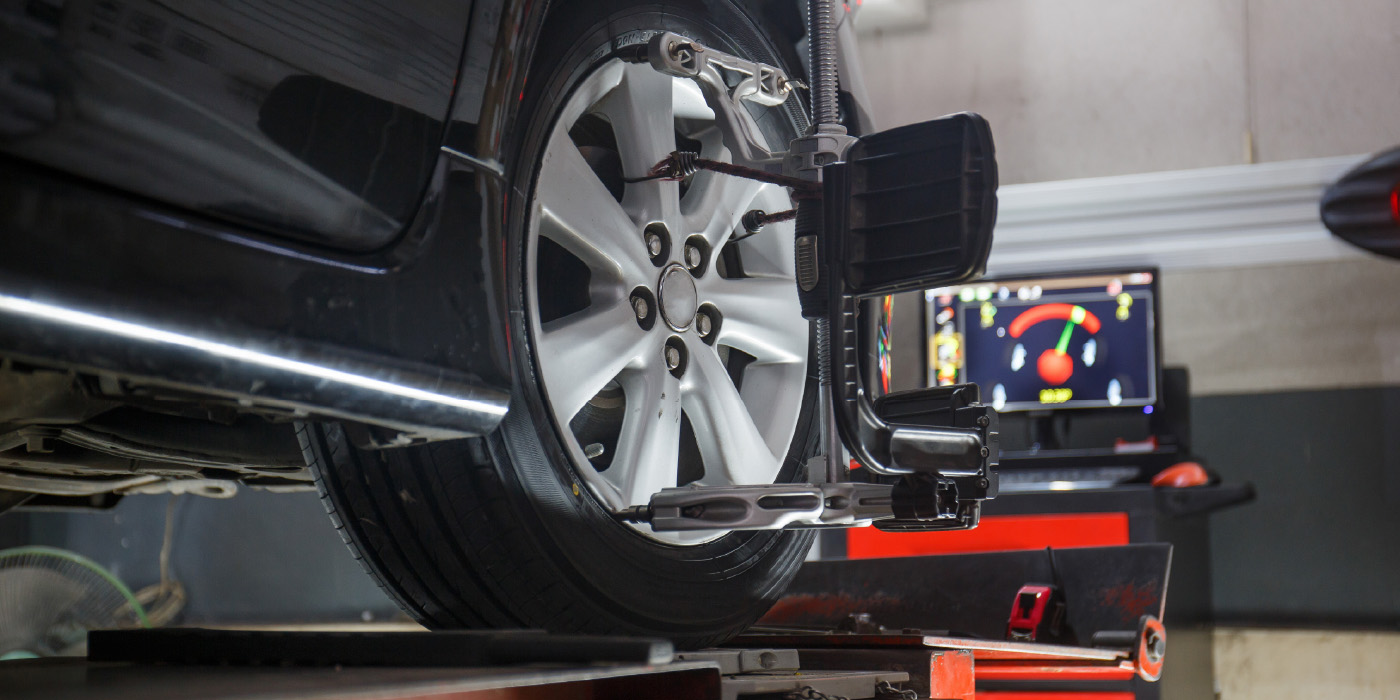 Are you afraid of Advanced Driver Assistance Systems (ADAS)? A hot topic at recent training events and online forums, much of the hysteria regarding ADAS is driven by news stories about new vehicles that are able to drive on freeways on their own, or a horror story about a Tesla crashing into something on the highway. But, the current reality of ADAS at the shop level is quite different.
Are you afraid of Advanced Driver Assistance Systems (ADAS)? A hot topic at recent training events and online forums, much of the hysteria regarding ADAS is driven by news stories about new vehicles that are able to drive on freeways on their own, or a horror story about a Tesla crashing into something on the highway. But, the current reality of ADAS at the shop level is quite different.
If your shop is performing brake, suspension or steering repairs on late-model import nameplate vehicles, you are already able to service and diagnose most ADAS vehicles. All ADAS systems are basically layers of software and sensors on top of brake, suspension and steering systems that you already work on today.
ADAS systems like lane keep, pre-braking and autonomous driving features will disable the suspension, brakes and steering if they are not operating as intended. And, if a wheel speed sensor is malfunctioning, the ABS and ADAS system will be deactivated until repairs are made. While this could leave a driver without ABS, it could also deny them the use of autonomous features like lane keep that make their commute bearable.
ADAS FAQs
1. Will I have to calibrate the camera or radar system every time the vehicle is aligned?
No. Calibration of the camera or radar system is required only if the camera’s or radar module’s position is changed. This can include windshield replacement, front end damage or if a module is replaced. On Mercedes-Benz vehicles, the alignment can be performed without recalibration of the DISTRONIC adaptive cruise control system.
But, on almost every vehicle, calibration of the steering angle sensor (SAS) is mandatory. On some vehicles, it will require a scan tool and/or test drive.
2. Will I still be able to perform brake pad and rotor replacement on ADAS vehicles?
Yes. But…
Brake pad replacement is the second most frequent repair at most import nameplate shops, right behind oil changes. You will still be able to replace brake pads and rotors on vehicles with ADAS systems. But, you need to be aware of some changes.
On many vehicles with pre-braking systems like Mercedes-Benz, the ABS charges an accumulator when the vehicle is turned on, or the keys are near the vehicle. This pressure allows the pre-braking system to act almost instantly when an emergency event is detected. When the vehicle is parked for a predetermined amount of time, the accumulator is relieved. If this happens during a brake job, you could be injured. For your safety, discharge the accumulator and even move the keys to the front office. If you are unfamiliar with the vehicle, or you see a camera or radar array in the windshield or behind the grille, look at the service information before you remove a caliper.
More sophisticated ABS systems are using pressure sensors on all four brake hydraulic circuits. If you push the pistons back to install the pads and pump up the brakes, the system may register a fault code because it sees pedal movement without a corresponding increase in pressure. Some Asian vehicles can see brake pulsation through these sensors and set codes in the ABS module.
The good news is that ADAS systems put an increased emphasis on safety and making sure the brake system is operating at optimal conditions. This focus on safety includes brake pads because the ADAS system needs predictable friction levels from the brake pads to produce the intended correction.
The parking brake will also need to be serviced. On many vehicles with driver assist, the adaptive cruise or lane keep system will not work if the electric parking brake has an active code.
3. Will my shop be able to replace steering and suspension components on vehicles with ADAS?
Yes, but…
Even if an ADAS car can steer and brake for pedestrians, it is still going to hit potholes and other imperfections in the road. Even fully autonomous cars will always have a suspension with control arms, ball joints and bushings.
If a suspension component is replaced and it changes the toe, camber or caster, the vehicle will need to have an alignment. For ADAS vehicles, it is critical that the steering angle is reset after the repair.
Many ADAS-equipped vehicles use electric power steering to autonomously steer the vehicle. Electric power steering is nothing new for most shops. But, more modern systems might have their own module that could be mounted on the rack. If this is the case, steering rack replacement might require extra reprogramming and calibration to complete the repair.
4. Will ADAS systems change ride control repairs?
Yes! Camera and radar systems need the vehicle’s ride height so they are correctly aimed. If a vehicle has weak springs that cause a significant enough discrepancy in the front or rear ride height, the aiming of the radar and camera will change. Some systems with a ride height sensor can detect a change in the stance of the vehicle.
The same is true for the shocks and struts. If it takes multiple cycles for the ride control components to control the movement of the body, the aiming of the camera and radar will suffer.
Whether it is an ADAS- or non-ADAS-equipped vehicle, inspection of the shocks and struts is critical, along with measuring the ride height. ADAS is just one more reason why drivers need to service their ride control.
5. Will I still be able to perform alignments?
Yes, but…
If you look at the alignment specification for many ADAS-equipped vehicles, you will notice the specs are a lot tighter than older vehicles. Many manufacturers specify that the alignment angles are adjusted as close to the specification as possible.
This also transfers to your alignment equipment. If you are not calibrating your alignment cameras or heads, you should probably start doing it at intervals recommended by the equipment manufacturer. Also, check the lift in your alignment bay to make sure it is level.
ADAS does not have negative service implications for the import specialist. It is an opportunity for shops performing undercar repairs. ADAS systems need good brakes, suspension and steering to work their magic. So, don’t fear ADAS; embrace it.














